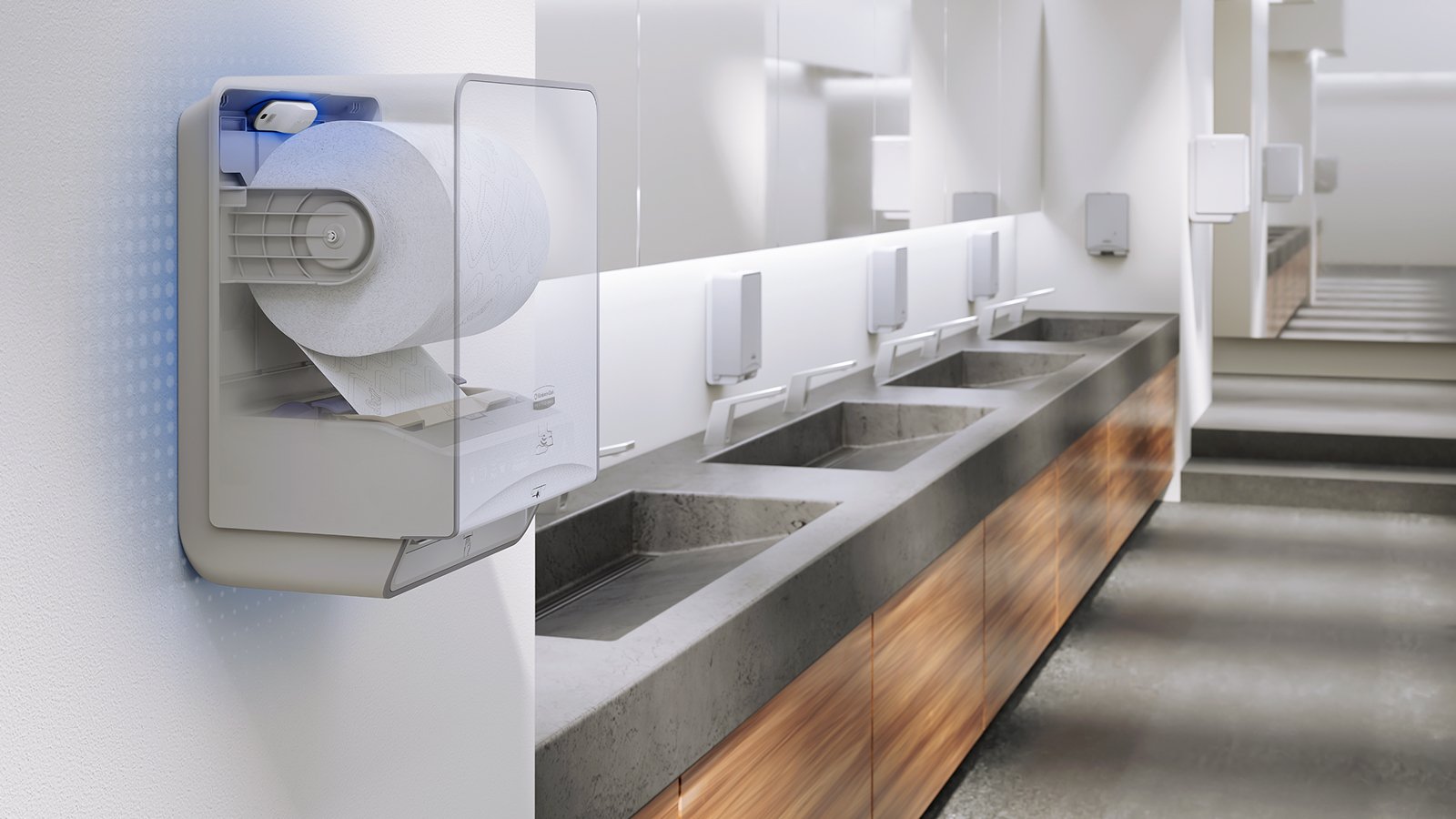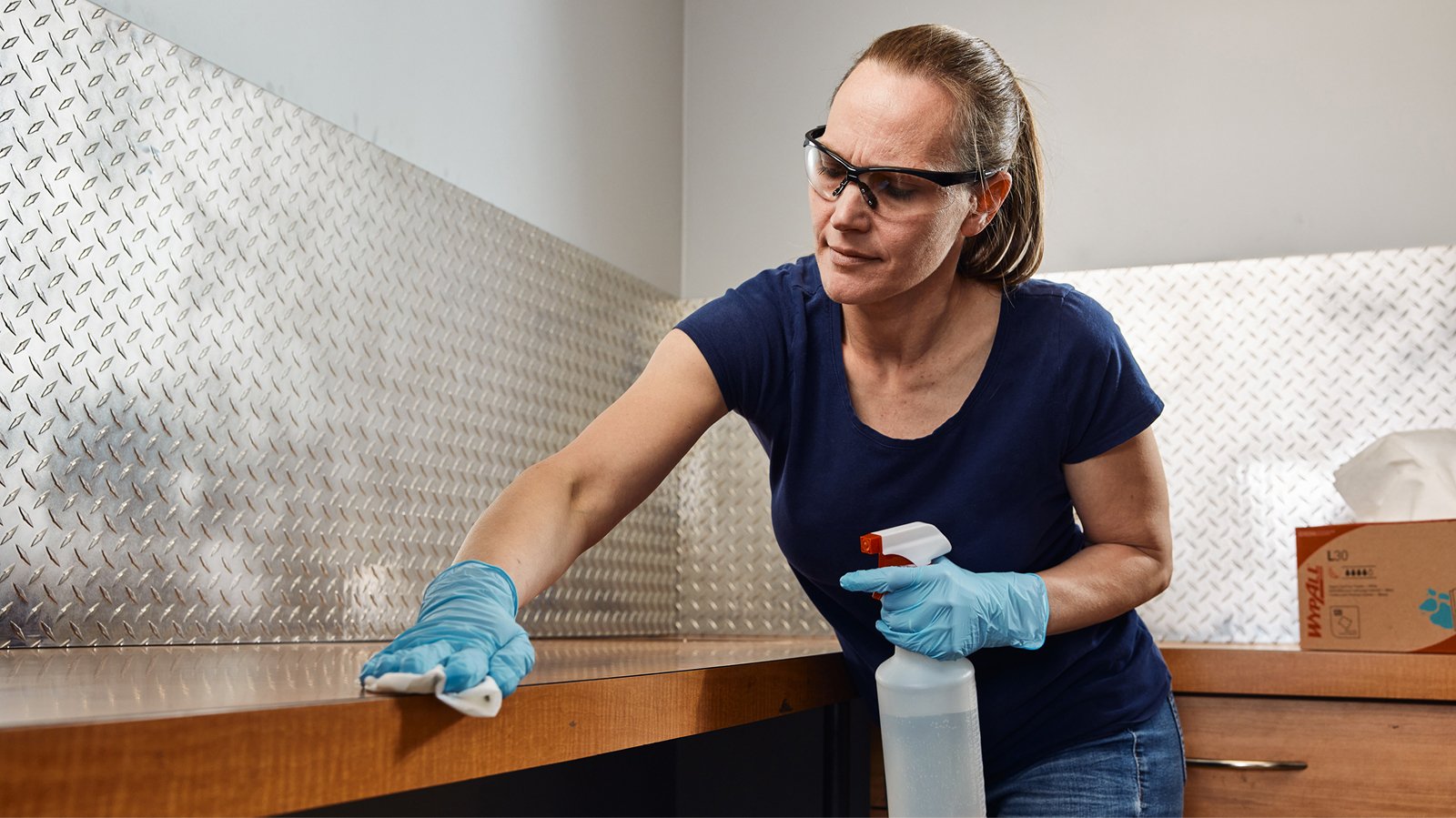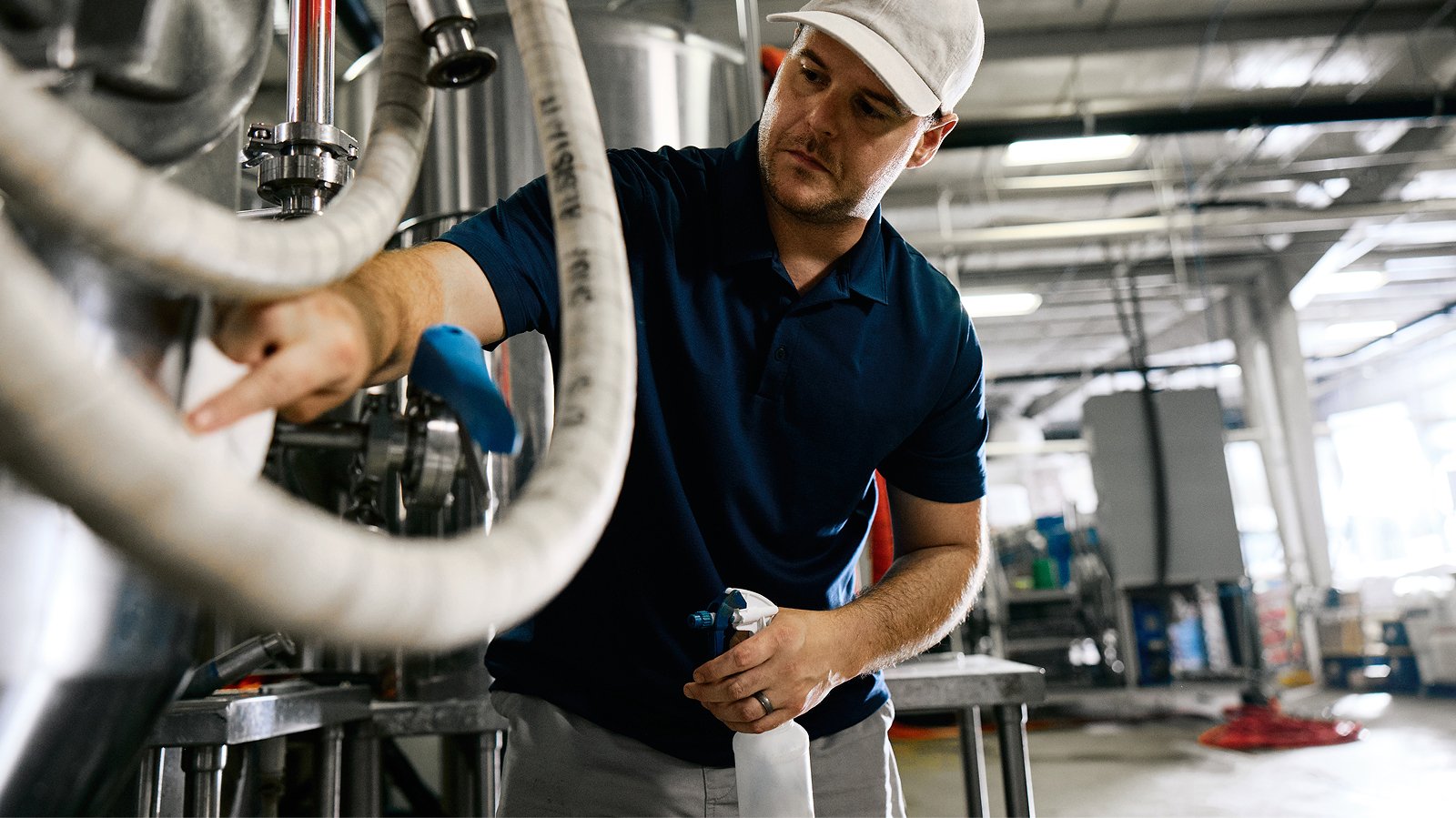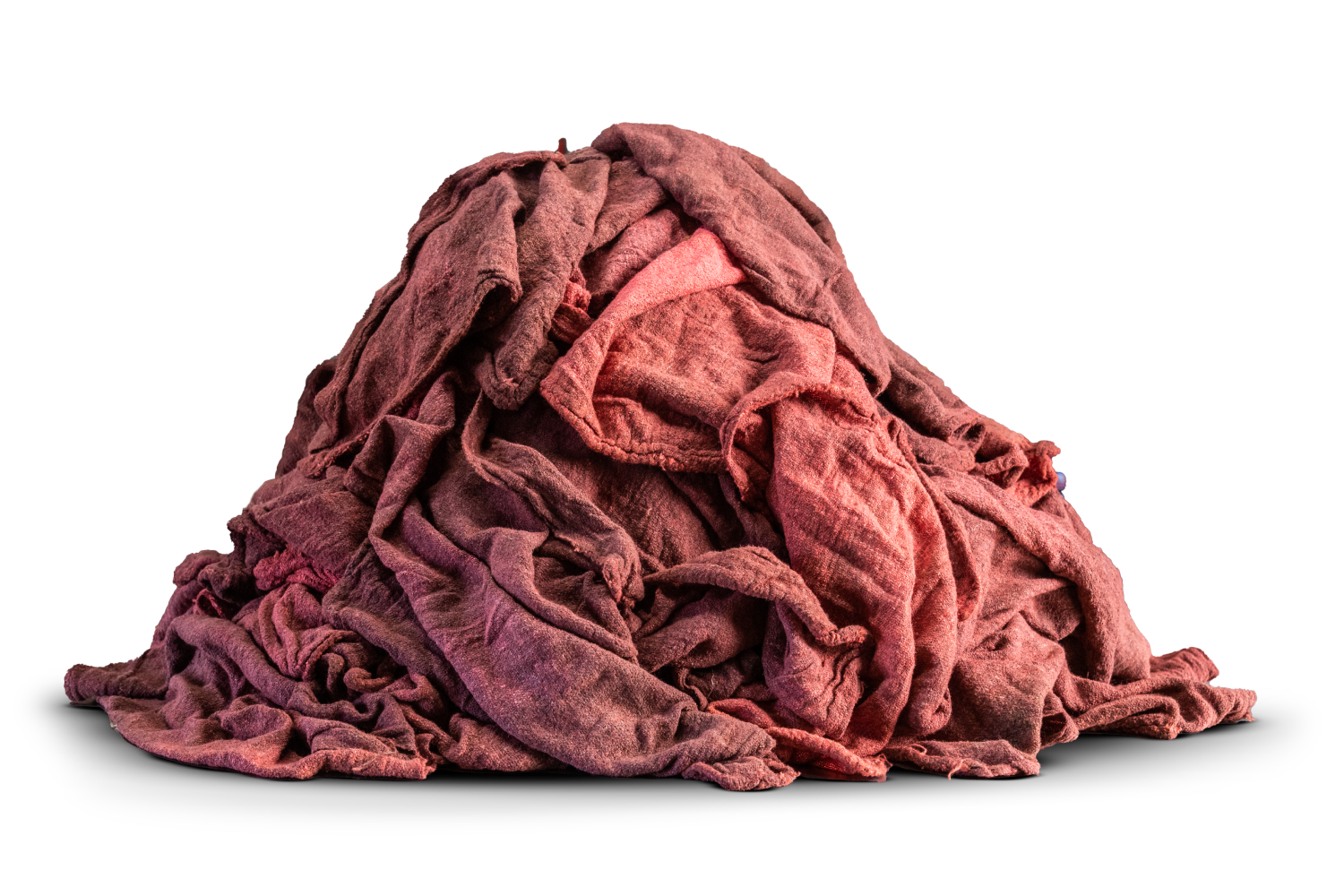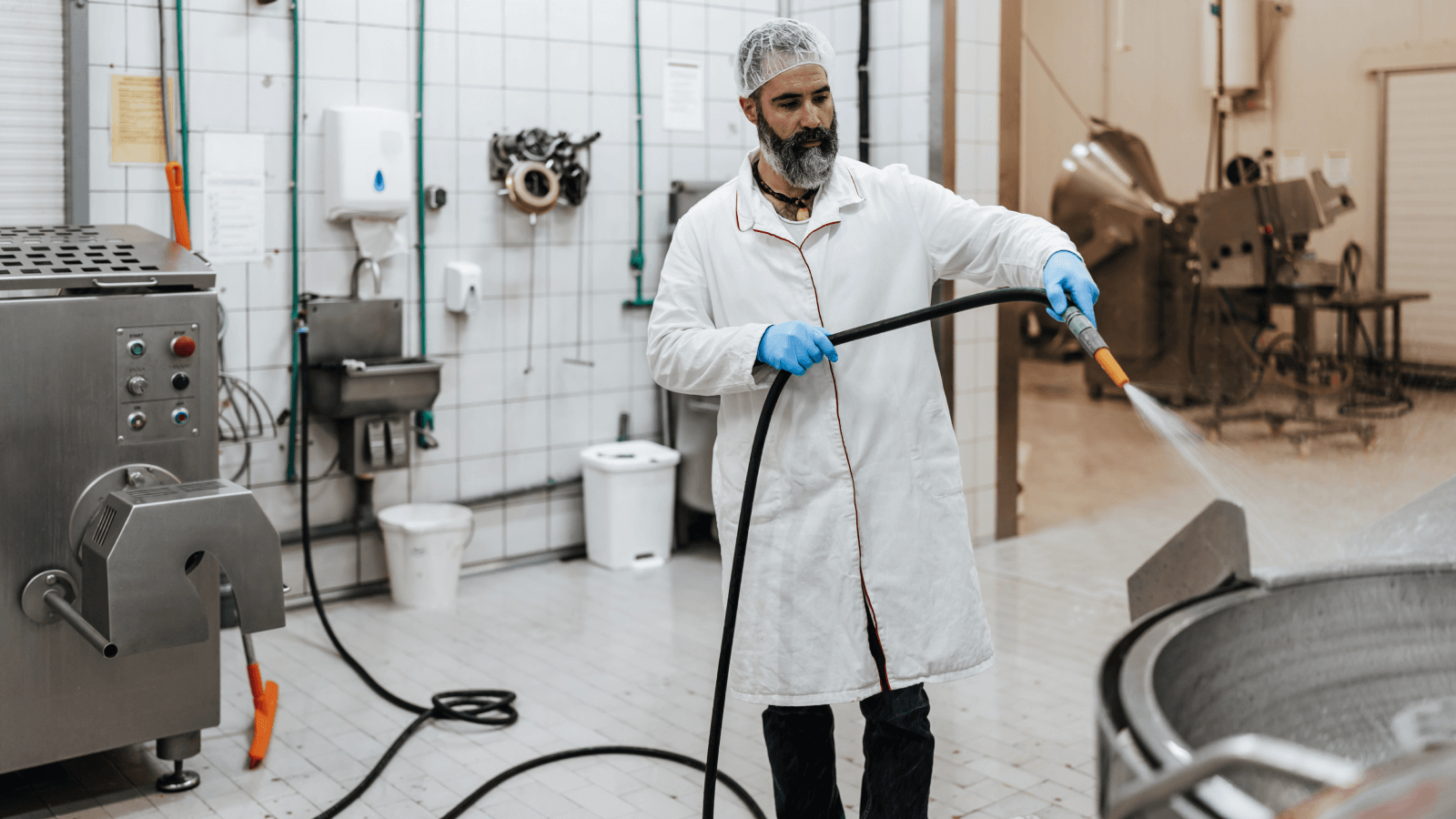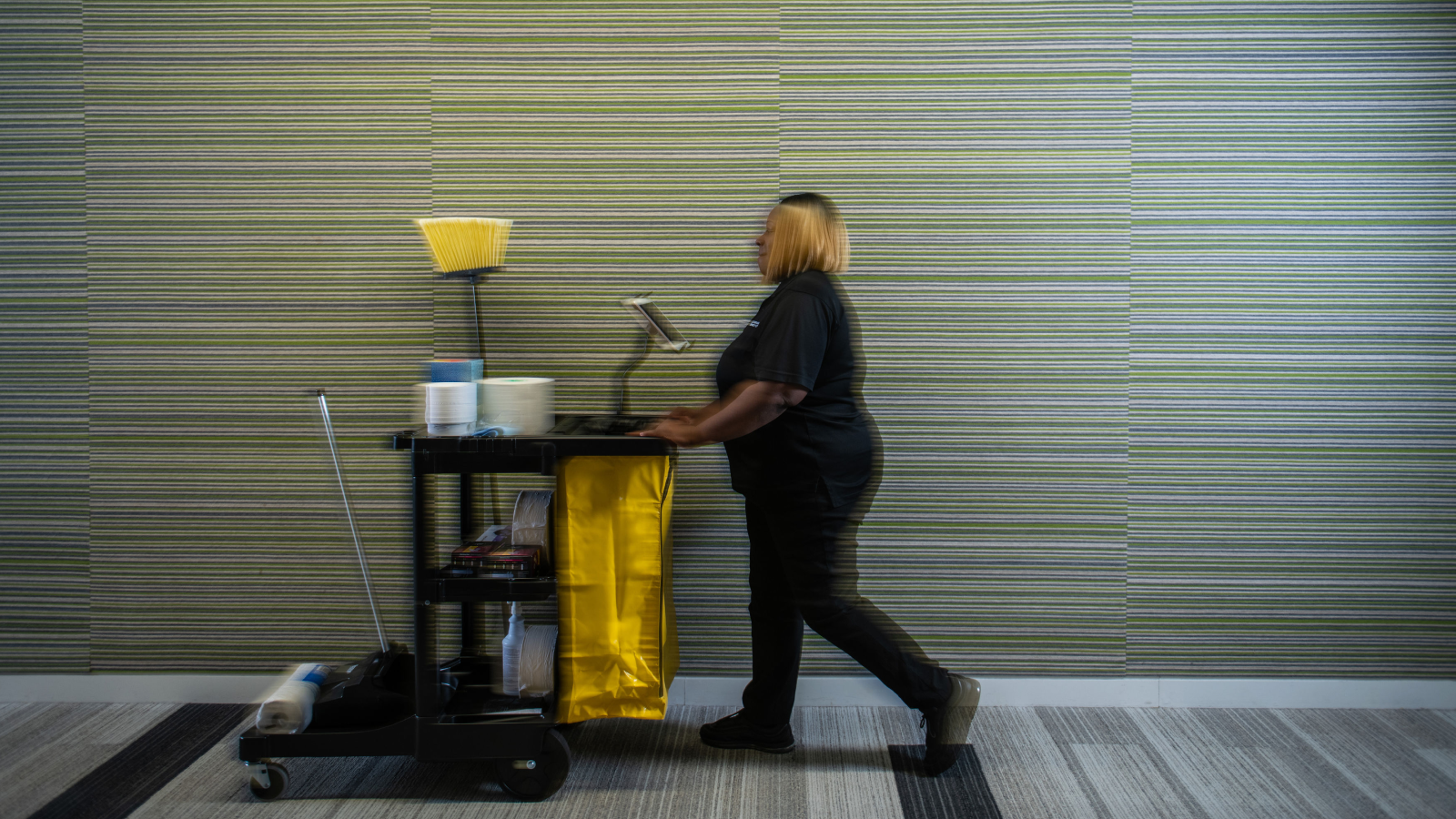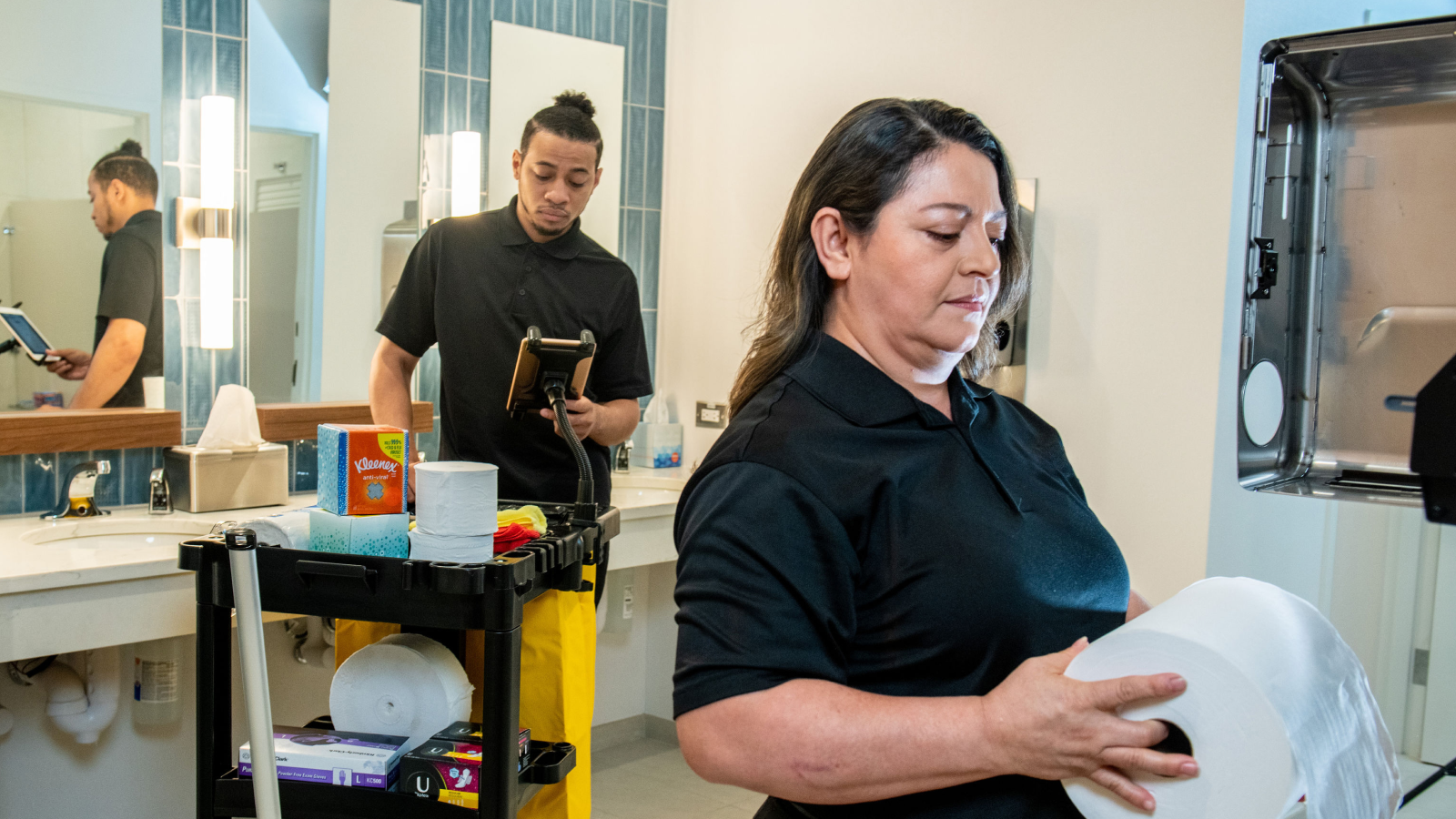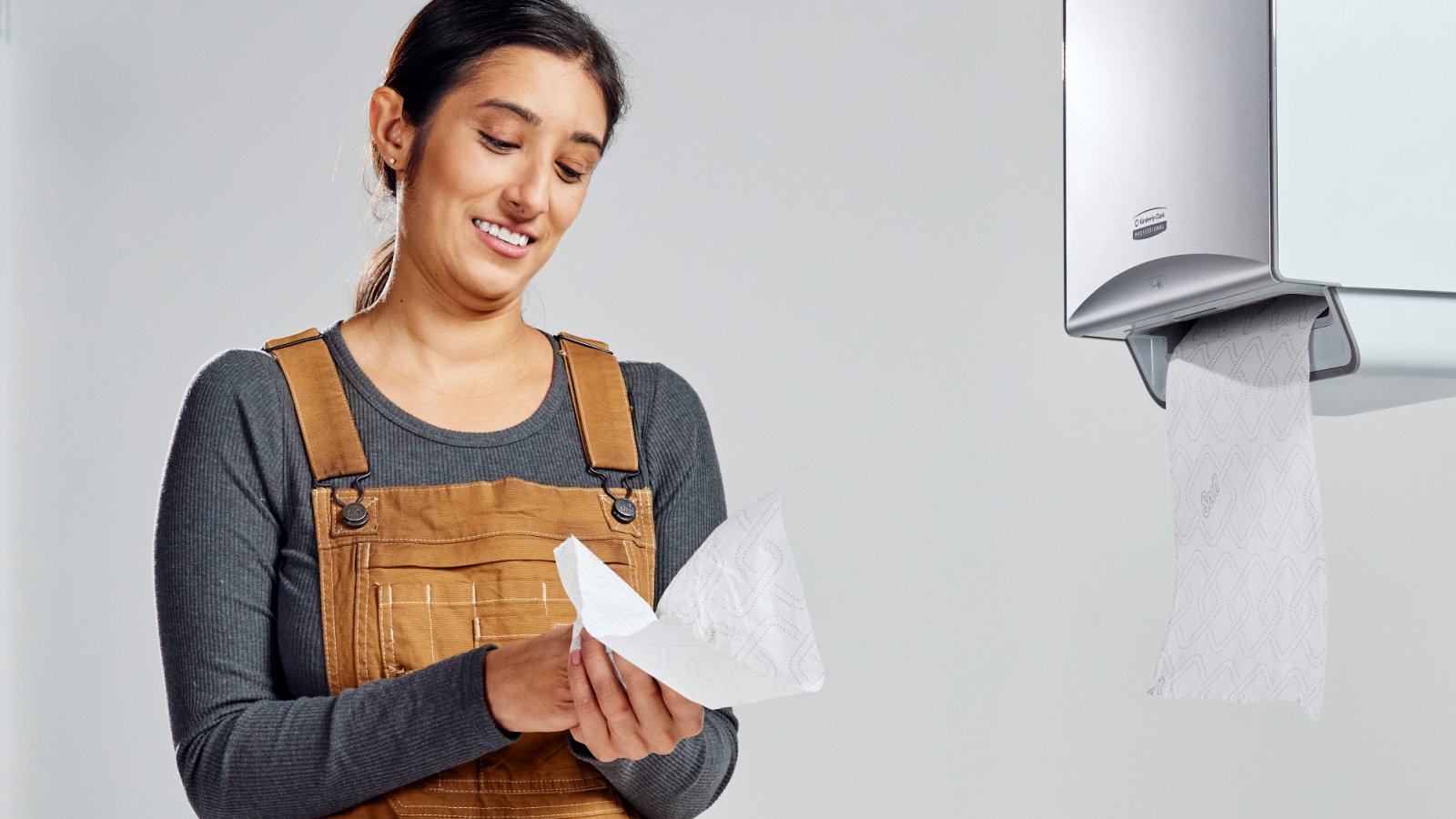Last Updated APRIL 2025
Recycling Best Practices and Trends for Businesses
Recycling isn't just about good intentions — it’s about smarter systems, strategic procurement and products designed to work with your sustainability goals. Here’s what businesses need to know to reduce waste, stay compliant and lead with purpose.

Sustainability isn’t a side initiative anymore — it’s a performance metric
More and more, businesses are being measured not just by what they produce, but by what they waste. And while many organizations have made progress in areas like recycling, energy use and materials sourcing, the pressure is mounting to do more with less.
That means rethinking what effective waste reduction really looks like. It’s not just about sorting bins and signage anymore — it’s about systemic change, smart product choices and aligning procurement with long-term sustainability goals.
In this article, we’ll explore recycling best practices that go beyond the basics, highlight emerging trends reshaping how businesses approach waste and spotlight the kinds of innovations, like fully recyclable tissue boxes, that are helping organizations close the loop.
The importance of recycling for businesses
Sustainability goals may vary across industries, but nearly every organization shares a common challenge: how to manage waste more responsibly. Recycling is one of the most tangible ways businesses can demonstrate progress — both to internal stakeholders and external audiences. And it comes with benefits that go beyond the environment.
Environmental benefits
Reducing waste and pollution is only part of the picture. Recycling also plays a key role in conserving natural resources, minimizing energy use and reducing greenhouse gas emissions. For businesses aiming to strengthen their environmental impact, it’s often the most immediate and visible place to start.
Economic benefits
Recycling can also be a smart financial move. Reducing landfill hauls, avoiding contamination fines and recapturing value from recyclable materials all contribute to cost savings. Many businesses that implement comprehensive recycling programs can see up to a 50% reduction in their waste disposal costs.1
Beyond savings, strong recycling programs can improve vendor relationships, open the door to new business opportunities and align with growing ESG and supply chain reporting expectations.

Best practices in business recycling
Even with the best intentions, recycling efforts can fall short without the right systems in place. From setup to vendor partnerships, the details of your program directly impact its success — and its value to the business. These foundational practices can help maximize impact and minimize inefficiencies.
1. Build a program around your waste streams
Start with a baseline audit: What types of waste are you generating, and where? Identify the materials with the highest volume or contamination rates, then design a program that addresses those pressure points. Tailor your approach by location, process or shift schedule — and don’t forget to engage janitorial and operations teams early in the rollout.
2. Make sorting easy and foolproof
Contamination is one of the top reasons recycling loads get rejected. Eliminate confusion by using clearly labeled bins, visual signage and consistent color coding across your facility. The more intuitive the system, the more likely it is to succeed — especially in high-traffic or multi-use spaces.
3. Train and reinforce regularly
Sustainability isn’t just a one-time message. Keep it visible through quick training refreshers, signage updates and opportunities for employees to ask questions or report issues. Culture change comes from consistency — and a little accountability goes a long way.
4. Choose the right recycling partner
Not all vendors are created equal. Look for certified partners who are transparent about contamination thresholds, material handling and reporting capabilities. A strong recycling partner doesn’t just manage your waste — they help improve your strategy over time.
Emerging trends in recycling
As expectations rise and technologies evolve, the recycling landscape is shifting. From AI to advanced processing methods, these trends are reshaping how businesses reduce waste, comply with regulations and stay ahead of the curve.
AI and technology-driven sorting
AI-powered systems are changing how materials are sorted — faster, smarter and with less contamination. These technologies identify and separate recyclables with high precision, boosting efficiency and material quality.
AI-powered sorting systems can reduce contamination rates by up to 85% — a critical advantage for facilities looking to improve recycling outcomes and avoid costly rejections.2 For large or complex operations, automation offers a scalable path to better recycling performance.
Plasma arc and advanced recycling
Contamination is one of the top reasons recycling loads get rejected. Eliminate confusion by using clearly labeled bins, visual signage and consistent color coding across your facility. The more intuitive the system, the more likely it is to succeed — especially in high-traffic or multi-use spaces.
E-waste management
With more electronics embedded into daily operations, managing e-waste is becoming a priority. Proper protocols reduce environmental harm, protect sensitive data and keep businesses compliant with expanding regulations.
Legislative shifts and compliance
Governments are tightening waste regulations through landfill bans, extended producer responsibility laws and mandatory recycling targets. Staying informed and adaptable is key to avoiding penalties — and turning compliance into a competitive advantage.

What you thought was recyclable…might not be
For years, common products like tissue boxes weren’t fully recyclable — not because of the cardboard, but because of the plastic baffle inside. This small, often-overlooked insert, unless it was removed, meant the entire box had to be thrown out, even when placed in the recycling bin.
Kleenex® Naturals recently solved this by replacing the plastic with a paper baffle, making the entire box plastic free and 100% recycling friendly.3 It’s a small design shift with a big sustainability payoff — especially in high-use environments like offices, schools or healthcare facilities.
This kind of innovation reflects a broader truth: recycling success starts upstream, with the products and materials businesses choose to bring into their space. Smart design simplifies waste management and helps support a more circular system.
Looking ahead: reducing waste, raising standards
Recycling is no longer just a compliance checkbox. It’s an opportunity to lead, to innovate and to build systems that support both business goals and environmental responsibility. From refining internal processes to choosing products designed with circularity in mind, every decision adds up.
For facility and procurement managers, now is the time to evaluate your waste strategy — not just for today’s operations, but for tomorrow’s expectations. Because when every detail matters, even the humble tissue box can be a step toward a smarter, more sustainable future.











